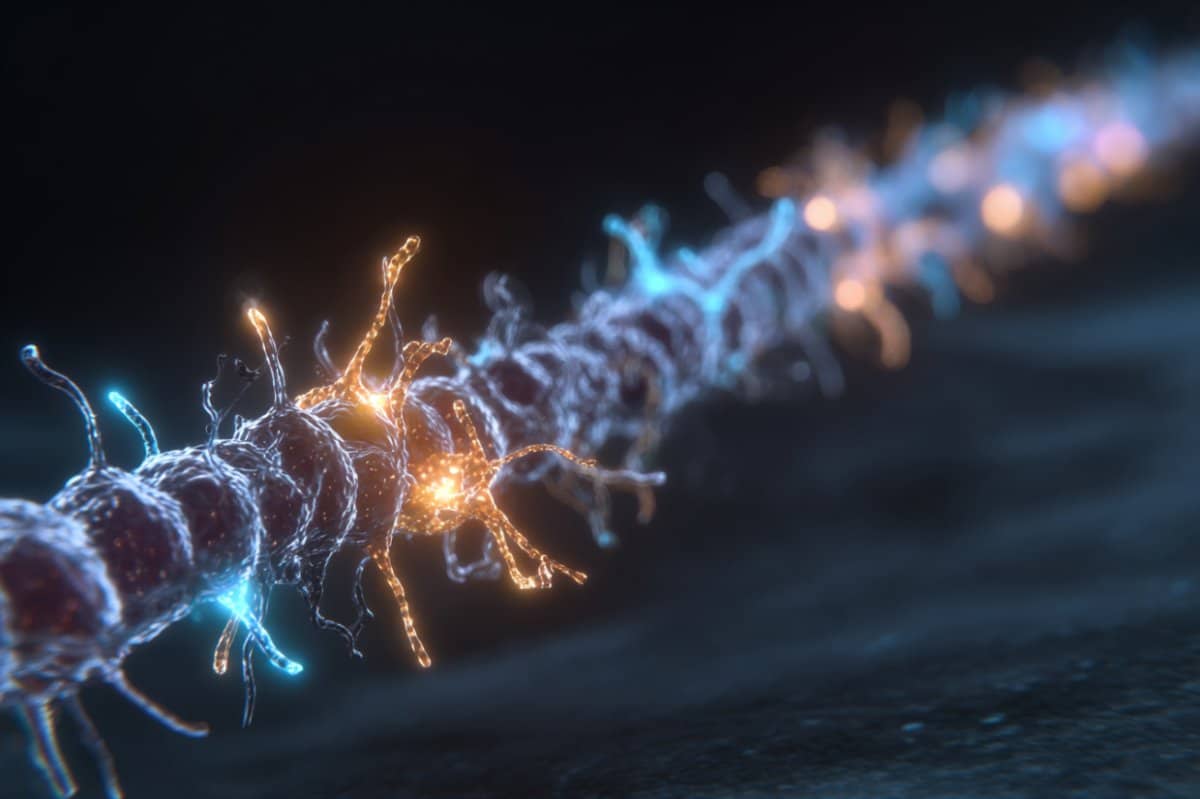Grigori is a Russian mathematician who proved the Poincaré Conjecture and who refused to accept a Fields Medal or the $1 000 000 Clay Prize.



In a major leap for cancer research, Google DeepMind and Yale University have unveiled an artificial intelligence system capable of uncovering new biological insights directly validated in living cells.
Announced on October 15, the new foundation model, C2S-Scale 27B, represents one of the largest and most sophisticated AI systems ever developed to study cellular behavior.
Built on Google’s Gemma family of models, it has generated a groundbreaking hypothesis about how cancer cells interact with the immune system—one that could reshape how future therapies are designed.

Skeleton season may be just around the corner, but the skeleton age dawned with the early Cambrian Period, about 538 million to 506 million years ago.
In this time span, most major animal groups independently evolved methods to build mineral skeletons or shells, usually in one of two ways: They either built up mineral tissues using organic scaffolding, like how we grow our bones and teeth, or they gathered materials from their environment and “glued” them together in a protective coating.
Then they stuck with that technique for the next 540 million-plus years. One notable exception can be found in the fossilized remains of Salterella, a tiny creature that thrived in the early Cambrian and is so common in rocks from that time that paleontologists use it as an index fossil to orient themselves in time.



Cybersecurity researchers have disclosed details of a new campaign that exploited a recently disclosed security flaw impacting Cisco IOS Software and IOS XE Software to deploy Linux rootkits on older, unprotected systems.
The activity, codenamed Operation Zero Disco by Trend Micro, involves the weaponization of CVE-2025–20352 (CVSS score: 7.7), a stack overflow vulnerability in the Simple Network Management Protocol (SNMP) subsystem that could allow an authenticated, remote attacker to execute arbitrary code by sending crafted SNMP packets to a susceptible device. The intrusions have not been attributed to any known threat actor or group.
The shortcoming was patched by Cisco late last month, but not before it was exploited as a zero-day in real-world attacks.



